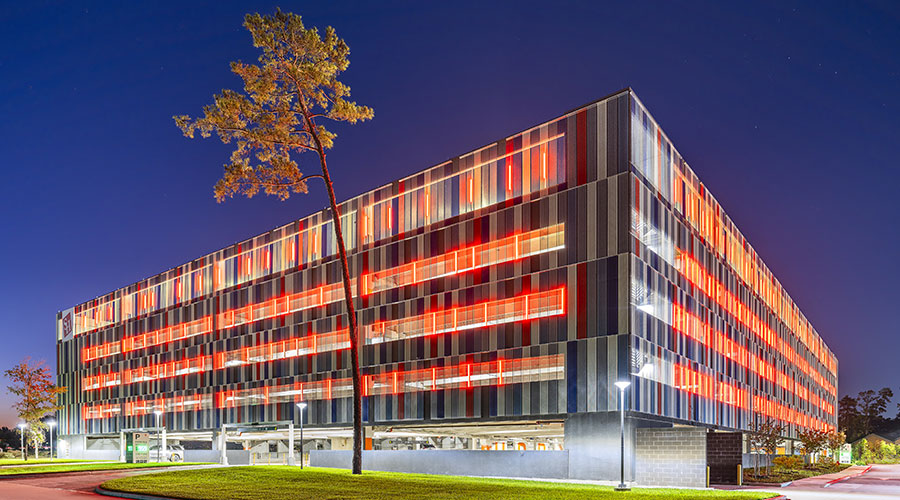10 FAQs for Selecting LEDs
There are no silver bullets when it comes to choosing lighting products. Facility managers have many choices for lighting products in general and, increasingly, LED products, specifically. But not all products are equal and LEDs are not always the best solution. Research and analysis is needed to establish the needs of the space and weigh the benefits of each individual solution prior to selection of a product. If it appears that LEDs are the solution to pursue, there are still several questions — from basic to technical — facility managers should consider before product selection.
What are LEDs?
The acronym stands for light emitting diode. LEDs are an example of a type of lighting known as solid state lighting (SSL). Essentially, LEDs contain a microchip that emits light, and different combinations of materials used in manufacturing will produce different colors of light. To create white light, manufacturers typically use a blue or ultraviolet LED with either a phosphor coating of the LED itself or a remote phosphor that is mounted in front of the LED as part of the optical system. Some white LED lighting is actually made from multi-colored LEDs that combine to create white light.
Why all the hype about LEDs?
LED lighting is touted as having many benefits over standard lighting technologies, including potential for energy savings, the ability to turn on and off instantly, and dimming. One of the most important benefits to facility managers is reduced maintenance costs due to long life, compared to traditional light sources such as incandescent. Additionally, LEDs work well in cold temperatures and have no mercury, and their compact size allows them to be used in very small spaces where other light sources might not fit. An added benefit for retail facility managers is that most LEDs do not emit ultraviolet or infrared radiation, so using LED light sources can avoid damaging fabrics and help produce last longer on the shelf. LED light is inherently directional, which makes it a great candidate for highlighting merchandise with a very directed beam of light. Because it is a point source, LED lighting can bring out the brilliance in faceted glassware and jewelry for dazzling displays.
Related Topics:














